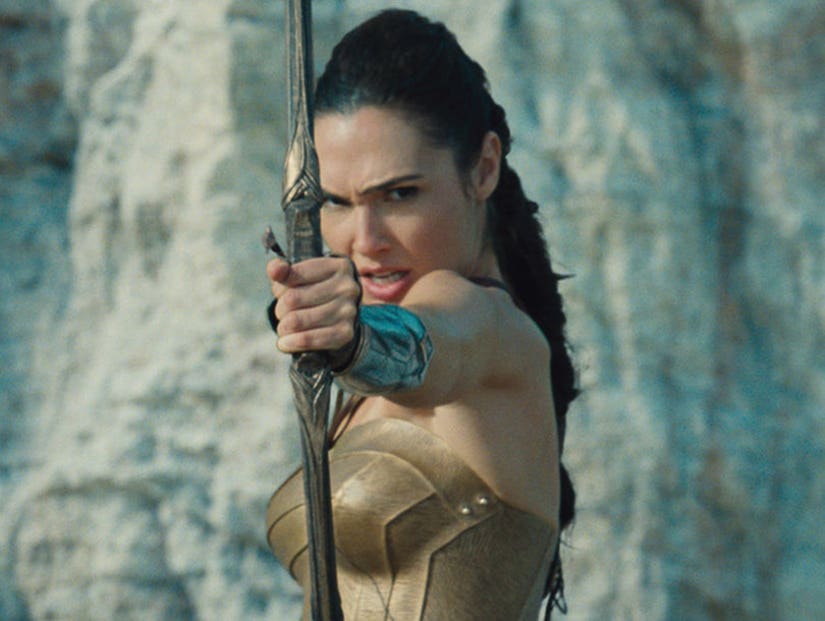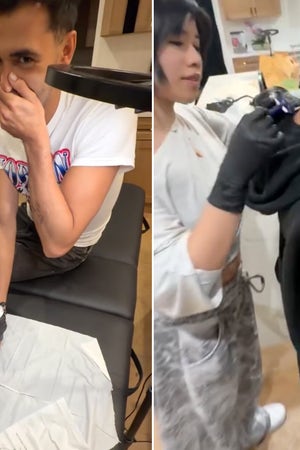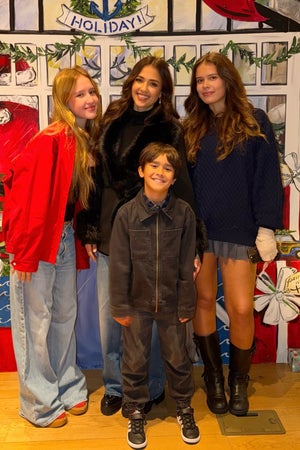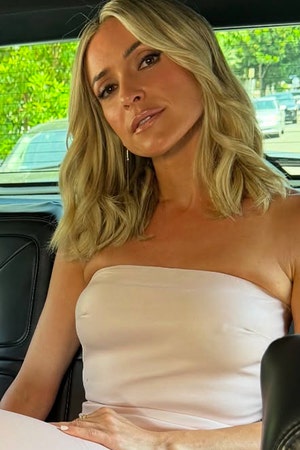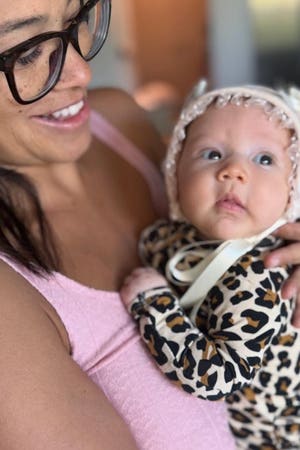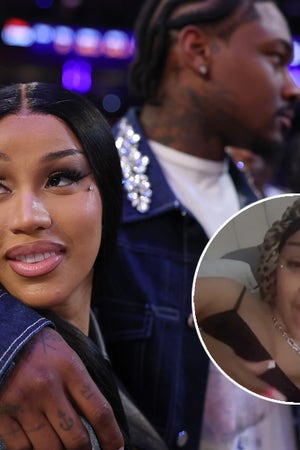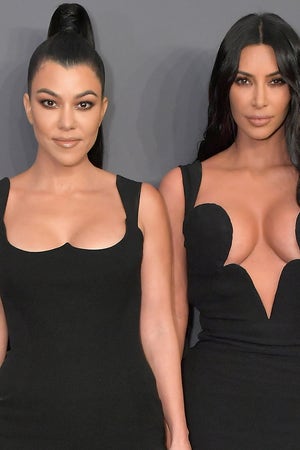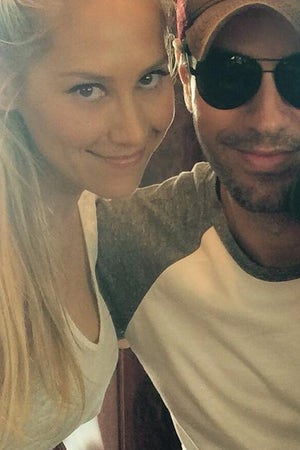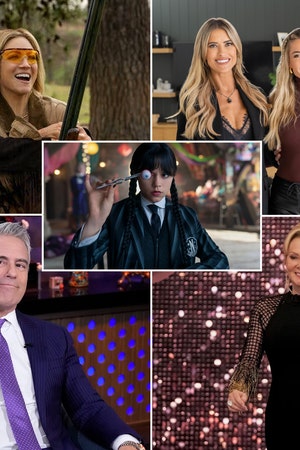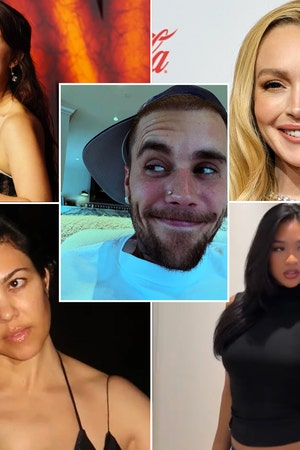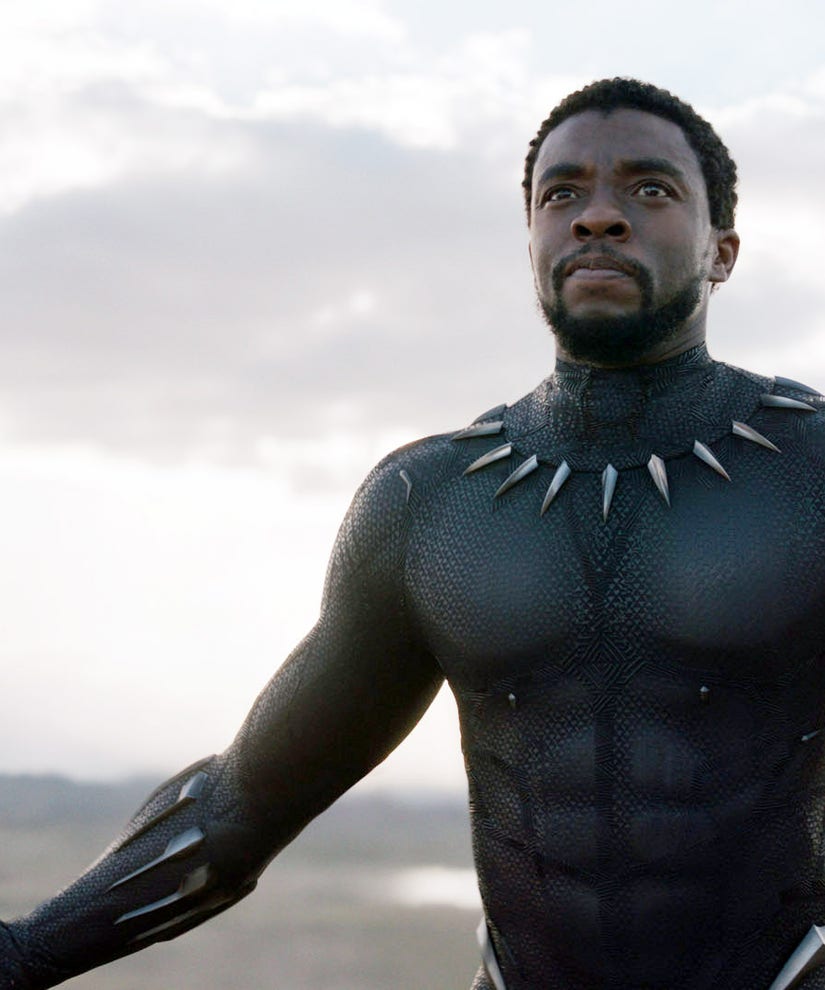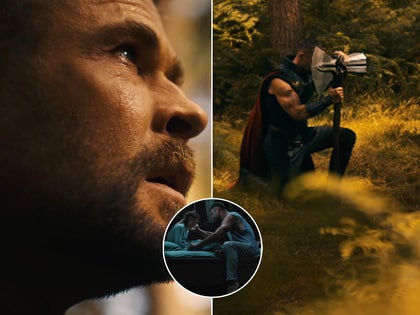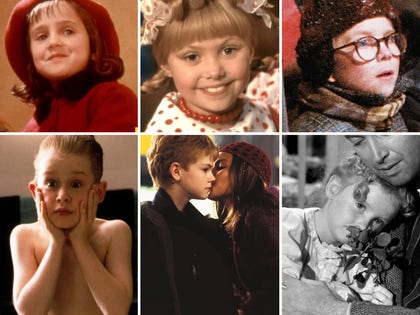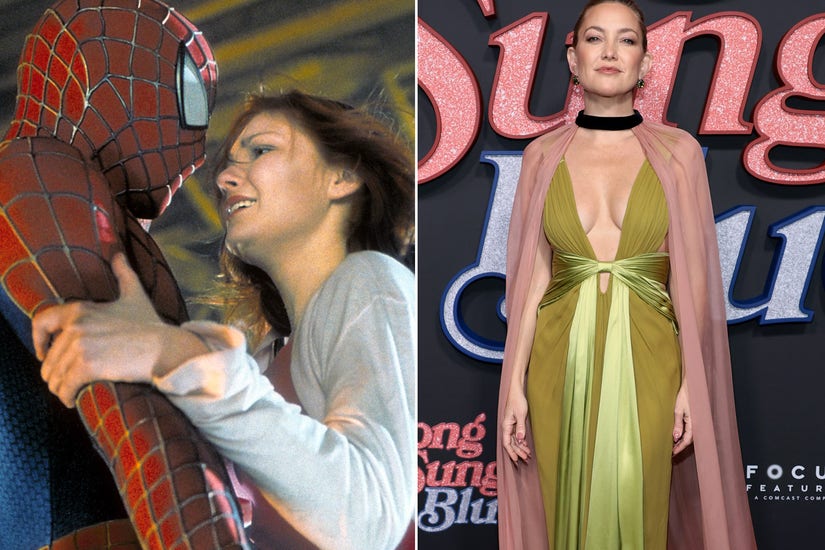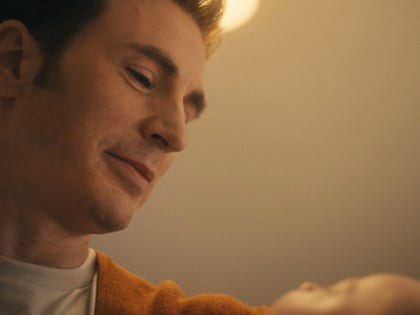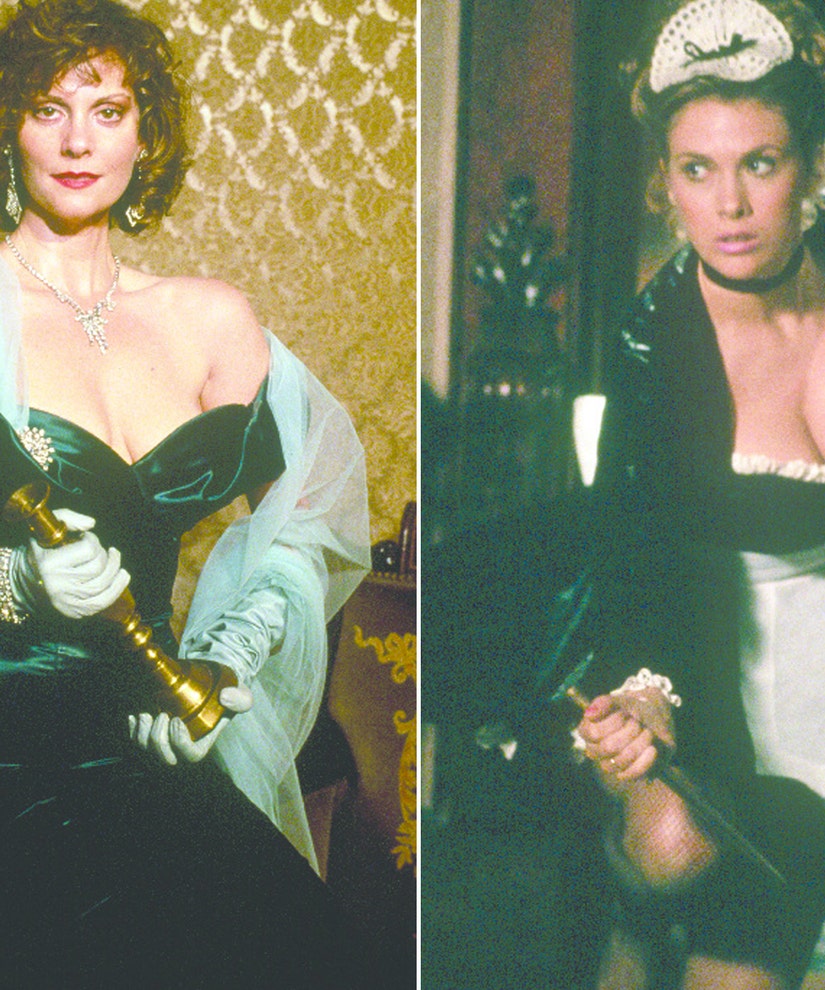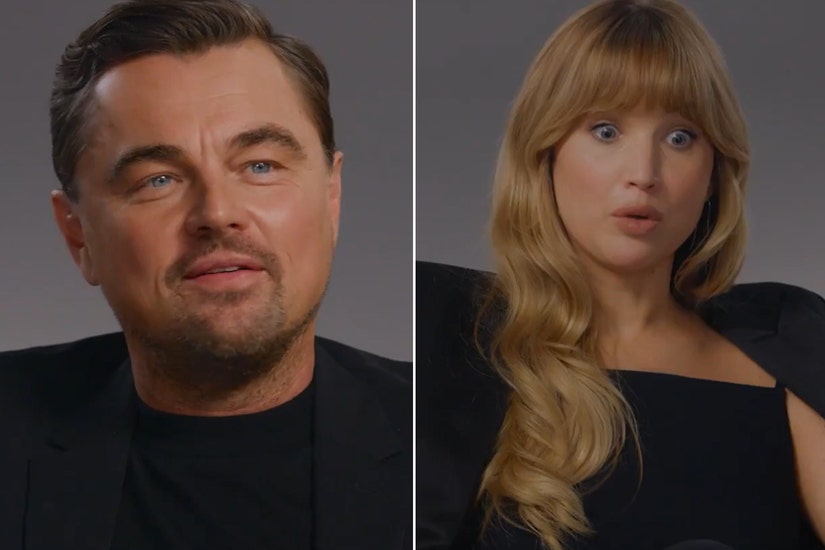The numbers are in for the second weekend of "Wonder Woman," and it's official: DC's long-awaited standalone female superhero flick starring Gal Gadot as the iconic Amazonian warrior is one of the most successful and progressive movies in the genre.
Directed by Patty Jenkins, "Wonder Woman" easily out performed Tom Cruise's "The Mummy" to earn another $58.63 million in North America between this past Friday and Sunday, only a 43.2 percent drop from its opening weekend haul of $103.2 million. That means it's having a better second weekend than "Batman v Superman," "Iron Man 3" and every "Harry Potter" movie, according to Forbes. Overall, the movie has made $438.5 million around the globe.
One of the reasons behind the movie's success and 92 percent Rotten Tomatoes score are the rave reviews from fans who have been waiting forever for a good standalone movie about a female superhero, directed by a woman who knows what she's doing. Wonder Woman has become a feminist icon since her first appearance in DC Comics in 1942, so fans are overjoyed that the movie lives up to the character's ideals of equality and justice (well, mostly).
Here are five reasons "Wonder Woman" is the most progressive superhero movie we've seen so far - at least until Marvel's "Black Panther" hits theaters.
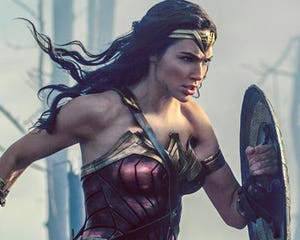
'Wonder Woman' Is the DC Superhero Movie You've Been Waiting For, Critics Say
View StoryIt passes the Bechdel Test with flying colors
One low bar that movies ought to clear to be considered "feminist" is the Bechdel Test: Does it have at least two female characters who talk to each other about something other than a man? It's not a guarantee - the song "Baby Got Back" passes the test, after all - but it's certainly a good place to start. With a whole island of Amazons to work with, "Wonder Woman" meets this standard in the first ten minutes as young Diana begs her mother to let her learn how to fight. Things obviously get more dude-centric when Chris Pine's Steve Trevor shows up, but later on in London we get his secretary Etta and a puzzled Diana talking about how impractical women's fashion is. Bare minimum achieved!
Amazons come in all shapes and sizes
There's nothing not to like about a paradise island full of strong beautiful women, whether you want to be one or date one. But the way summer blockbusters usually go, you'd expect Themyscira to be full of blonde Victoria's Secret models in skimpy armor. So it was a very pleasant surprise to see the Amazons played by beautiful muscular women of all types - slender women, large women, women of color. The actresses included real-life athletes and fighters like an Olympic bobsledder, a Crossfit champion, a police officer and a boxer. Older women were even given their due: Connie Nielsen (Queen Hippolyta) and Robin Wright (General Antiope) are both 51, and there was no attempt to airbrush them younger. One of the Amazon actors, Doutzen Kroes, said in an interview that she loved watching her little boy see her in full costume for the first time: “If I could just have that face framed as a picture on my wall. I think I melted because he has never looked at me like that ever. He was just in full admiration of his mommy as a warrior.”
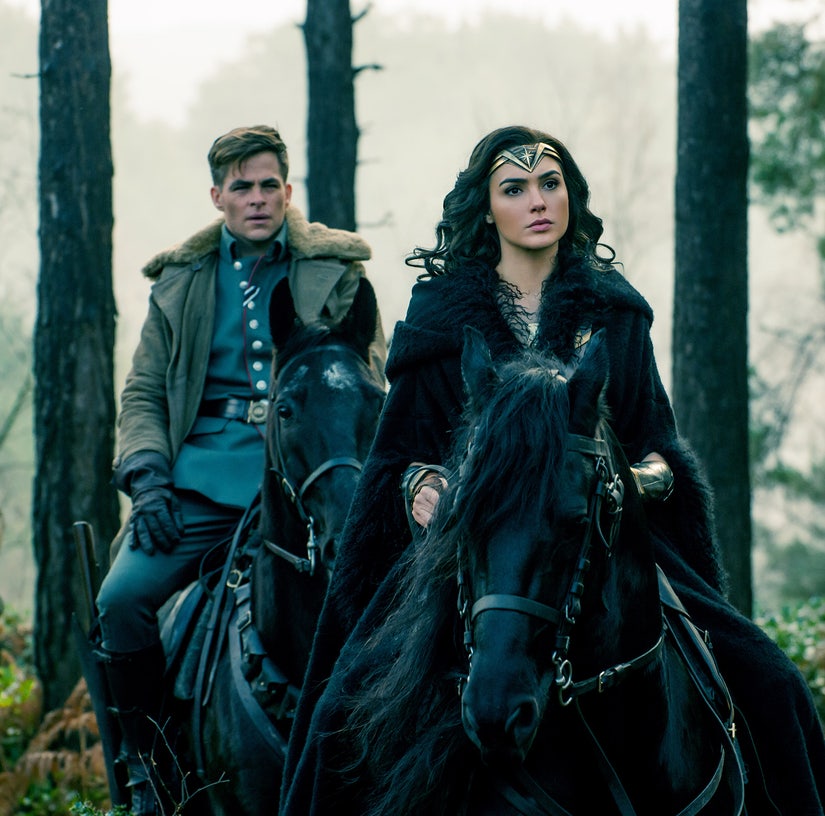
There is no "male gaze"
Almost all big-budget action films are written and directed by men - and that means that the camera tends to look at female characters the way men do, often sexualized and off to the side of a more important male character. (Ever noticed how often a camera will pan slowly up a woman's body before you ever get a look at her face?) With Patty Jenkins at the helm, "Wonder Woman" doesn't have that problem. Sure, Diana is a gorgeous woman who fights in a short skirt and high-heeled boots, but there are no titillating shots of her in the whole movie, and the slow-motion reveal of her superhero costume focuses on her power, not her looks. Meanwhile, Steve Trevor manages to be an important, fleshed-out character without stealing any of Wonder Woman's thunder, and he has no problem with following her lead.
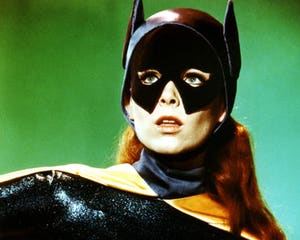
Why Joss Whedon Won't Escape 'Batgirl' Backlash No Matter What
View StoryThe story addresses racial discrimination
Before they head off to the front lines of World War I, Diana and Steve team up with a scrappy gang of fighters, which gives the movie a chance to add some diversity and address the racial tensions of the era. Saïd Taghmaoui's character Sameer tells Diana that he wants to work as an actor but he's the "wrong color," and Eugene Brave Rock's character Chief explains that he's a smuggler because his people were driven from their land by white Americans. While they're minor characters and not the perfect solution to a mostly-white movie, it looks like the filmmakers made an effort to get them as authentic as possible. Eugene Brave Rock said Patty Jenkins and DC Comics were extremely respectful of his Native heritage, letting him choose much of his costume and greet Diana in the Blackfoot language. "Usually movies have a lot of do's and dont's and they tell you you have to do things a certain way, but in this case, even with wardrobe, it was awesome," he said in an interview. "In the end, they let me decide a lot about my character. Previously, movies have even told me how I had to braid my hair, and you don't have a choice – but this was not the case."
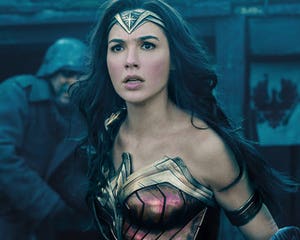
Not Everyone Loves 'Wonder Woman': How Gal Gadot's Past Is Haunting Her Biggest Movie Yet
View StoryIt addresses trauma and PTSD in a compassionate way
A central part of Diana's story is how she must grapple with the brutality of war and the crueller parts of human nature. She learns one such lesson through Charlie (Ewan Bremner), a kilt-wearing sharp-shooter recruited by Steve, whose experience in the war gives him nightmares and makes him freeze up during a battle to save a French village. But Diana views his PTSD with compassion instead of dismissing him as a coward, and when he later suggests that he stay behind for the next mission she tells him no, asking "Who will sing for us?" It's an important moment that's worth appreciating in the superhero genre, where entire cities often get leveled without a second thought.

